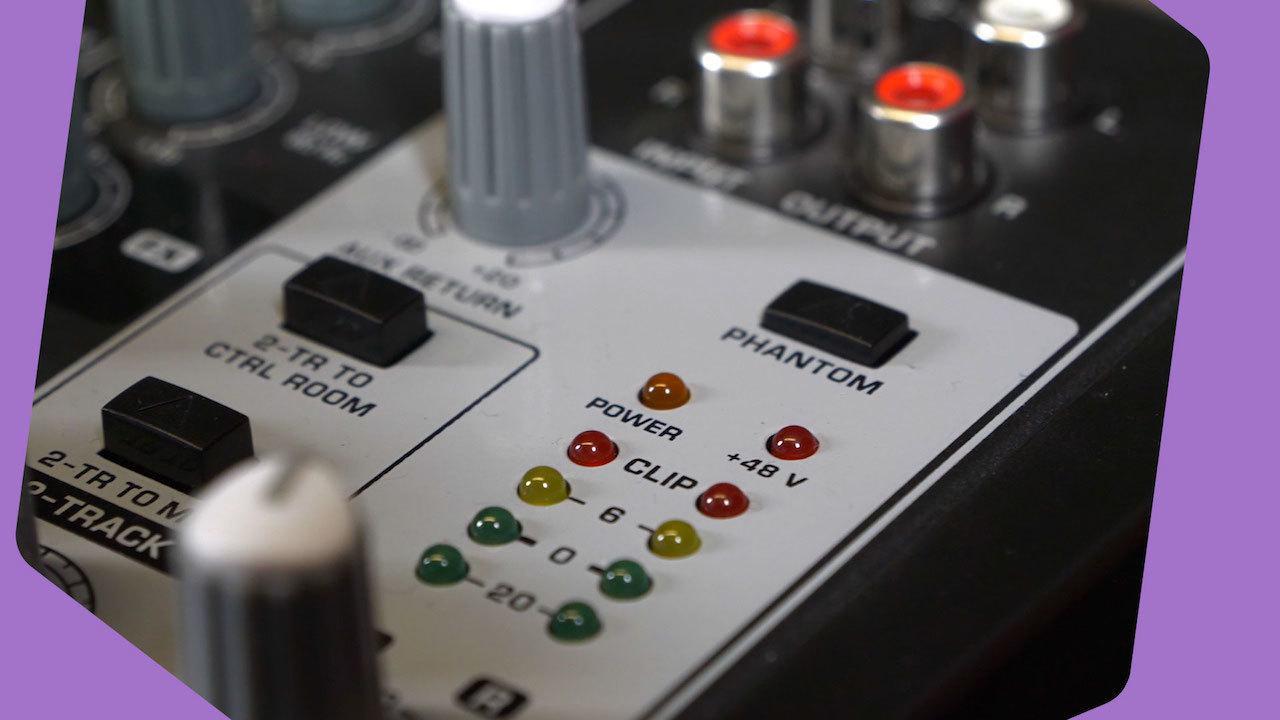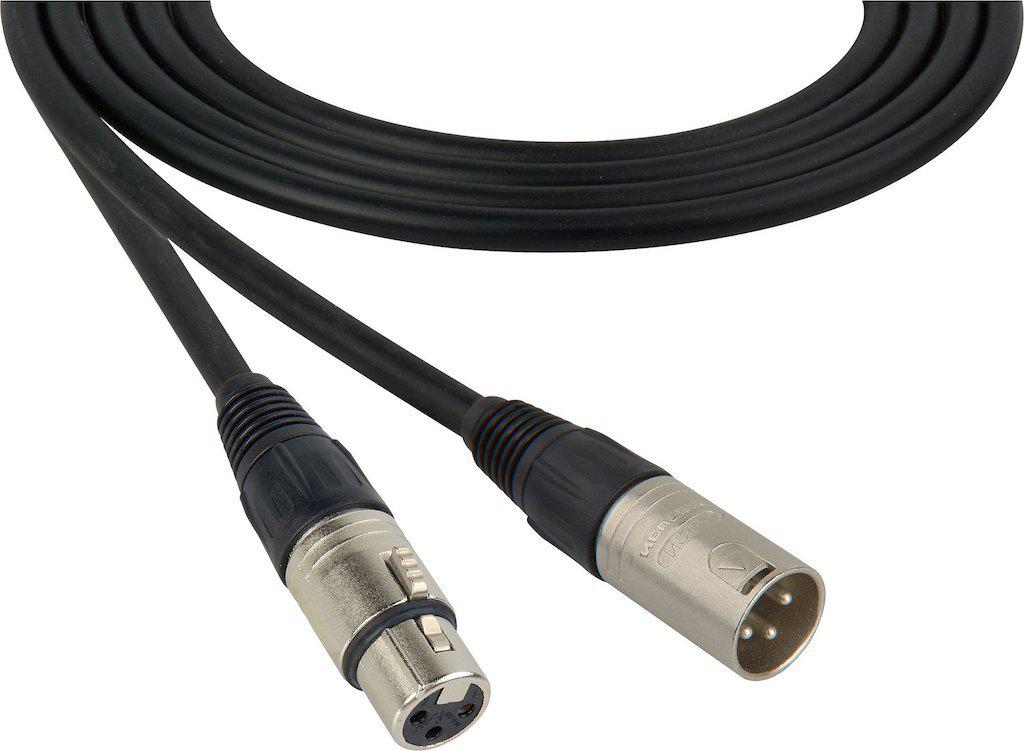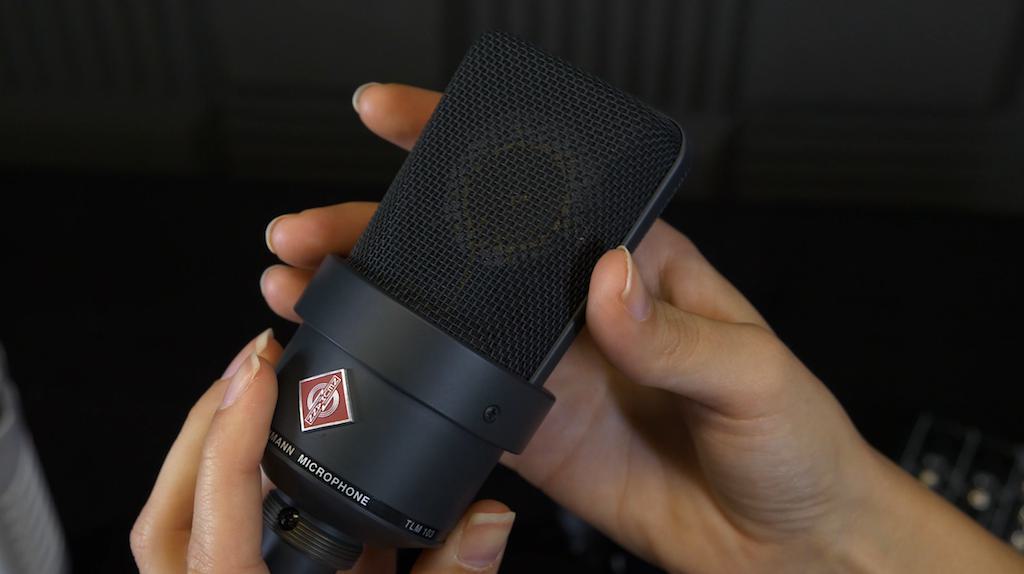Need advice? Let's talk.
Get straightforward guidance from your broadcasting partner. Schedule a call to chat with the team about your radio station.
Book DemoWhat is Phantom Power? Microphones Explained
Not sure what phantom power means? Stick with us as we explain why you might need it for your microphone.

Some microphones are very powerful. Not all of them have enough electricity to work properly, so you need something called Phantom Power. Let's find out what it means and if you need one for your microphone.
UPDATE: The video mentions the ElectroVoice RE320 needs phantom power, this is incorrect. Dynamic mics like this tend not to need 48v to work properly.
What is Phantom Power?
Phantom power is a way of providing your mic with enough DC voltage (48v to be exact) to function, which is something that it can’t do if it’s just connected to your computer. Essentially, phantom power transmits the right amount of voltage and audio simultaneously over a single cable. Microphones do this with balanced 3 pin XLR cables.

Phantom power suppliers are often built into devices like microphone pre-processors, audio interfaces, and mixing desks. For example, you could use:
- Audio interface (Scarlett 2i2).
- Microphone pre-processor (DBX 286S).
- Mixer (Behringer XENYX 802).
Different Types of Microphones
Usually dynamic mics don't need phantom power like the ElectroVoice RE320 (which our partner station MCR Live use), but condenser mics do in order to work. Even if you were using a mic preamp to get the audio to line like Simply Sound’s SS-1, you would still need enough volts to get it running (depending on the mic).

Microphones that need phantom power like this usually specify their required voltage range. Make sure your phantom power supply is compatible. For example, with the Neumann TLM103 it needs 48 volts as it’s quite powerful.

There are mics that don’t need phantom power at all, like the Fifine 669 and Rode Podcaster. They can be plugged directly into your computer via USB without having to go through a mixer. The microphone you choose may need phantom power. If you’re unsure, get in touch with your manufacturer for further details or ask us at studio@radio.co.
What type of microphone are you currently using? Does it need phantom power? Let us know in the comments. For more guides like this then join the Radio.co newsletter.



